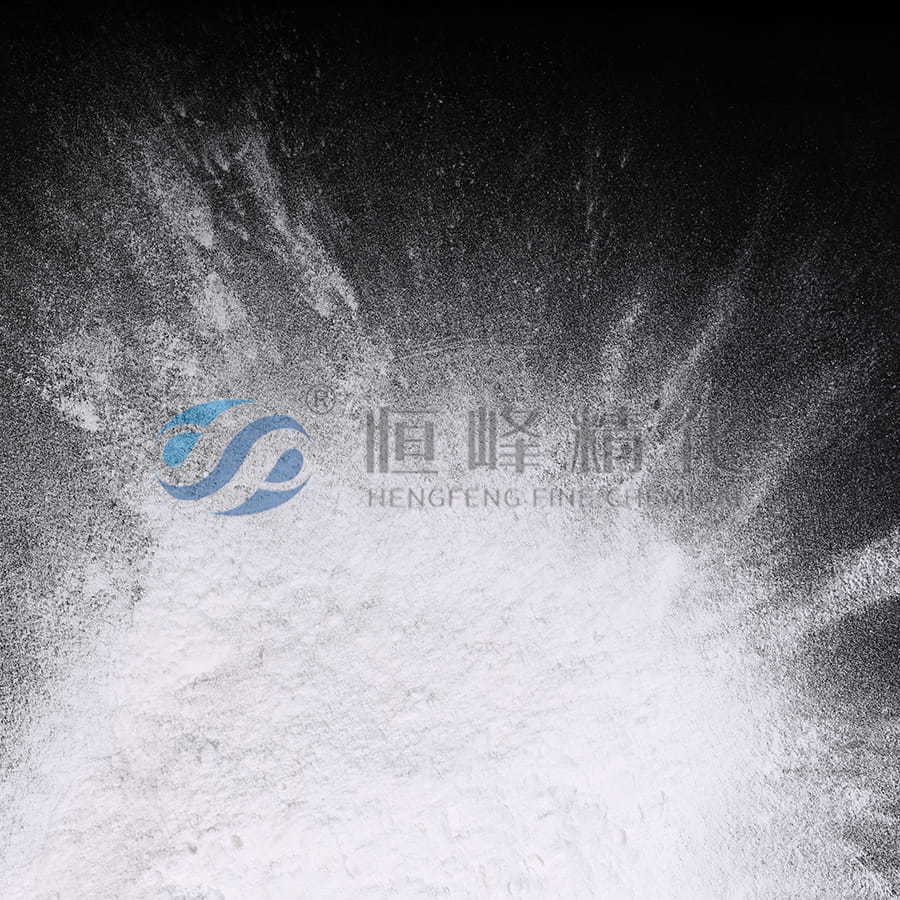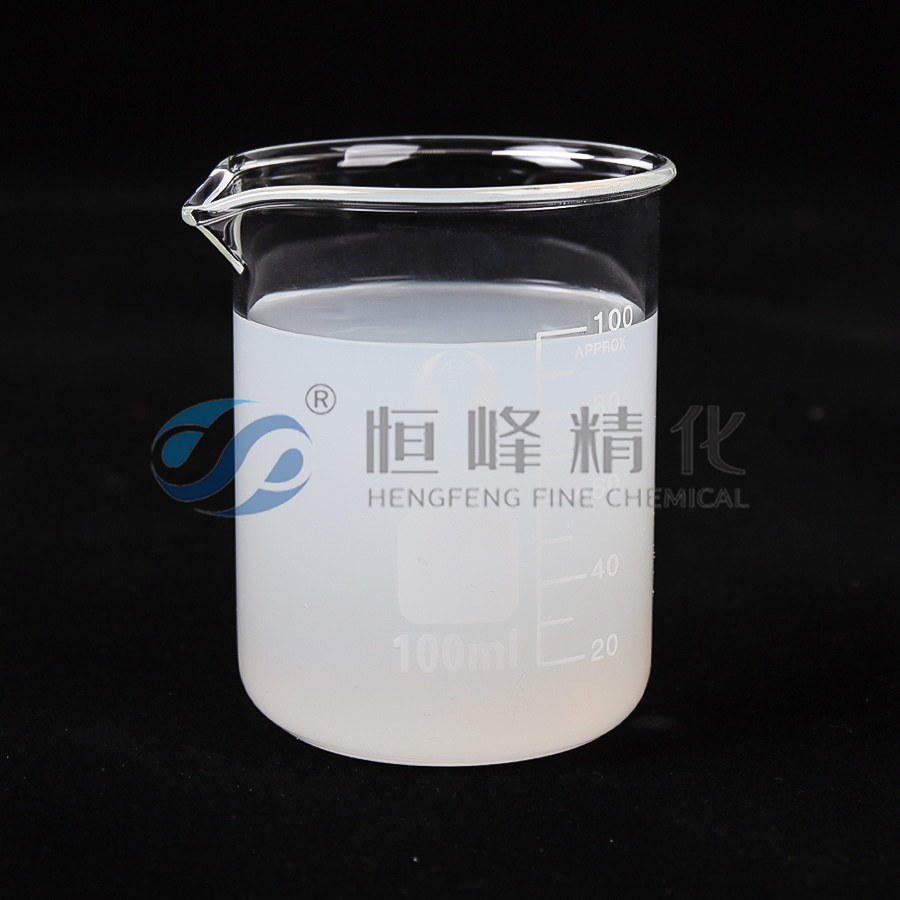The Role of Polyacrylamide Ionic Strength in Papermaking Efficiency
Polyacrylamide (PAM) is widely recognized for its critical role in improving the papermaking process, particularly as a retention agent, filter aid, and leveling agent. However, one of the most significant factors affecting its performance is its ionic strength, which can drastically influence how polyacrylamide interacts with pulp fibers and enhances the retention of fines. This interaction is not only vital for increasing the efficiency of paper production but also for achieving higher-quality paper with fewer raw materials and reduced environmental impact.
Ionic strength refers to the concentration of ions in a solution, which directly affects the behavior of charged particles within that solution. In the context of polyacrylamide, this characteristic determines how well the polymer chains interact with pulp fibers and other suspended materials, such as fines (small fiber particles) and fillers, in the papermaking process. Polyacrylamide is typically available in different ionic forms—anionic, cationic, and nonionic—and its ionic strength can vary depending on the specific formulation. Each type interacts differently with the pulp, and understanding these interactions is key to optimizing its performance in the paper mill.
In an anionic form, polyacrylamide carries a negative charge, which allows it to attract positively charged components, such as metal cations in the pulp slurry. This is particularly useful for retaining fine particles that would otherwise be washed away during the papermaking process. Anionic PAM can bind to these particles, improving their retention within the paper sheet and enhancing the overall quality of the final product. However, the ionic strength of anionic polyacrylamide is crucial—too high of an ionic strength could cause an overly strong repulsion between the polymer and the pulp fibers, reducing its effectiveness as a retention agent. On the other hand, too low ionic strength may result in insufficient binding, leading to loss of fines and reduced paper quality.
Papermaking polyacrylamide, in contrast, has a positive charge, and its ionic strength plays an equally important role in its interaction with the fibers. When the ionic strength is appropriately balanced, cationic polyacrylamide can bind effectively to the negatively charged fibers and fines, improving the retention of these components during the papermaking process. This interaction helps ensure that the fine fibers and fillers are retained in the slurry, which not only increases the yield but also improves the structural integrity of the paper. However, excessive ionic strength in cationic PAM formulations could result in excessive aggregation of particles, potentially leading to issues like uneven sheet formation or reduced drainage rates.

Nonionic polyacrylamide, which lacks a charge, relies on hydrophobic interactions and the physical entanglement of polymer chains to interact with the pulp and fines. While its behavior is less affected by ionic strength compared to its anionic or cationic counterparts, the overall polymer activity and interaction with the pulp still depend on the ionic strength of the surrounding solution. Higher ionic strength can potentially hinder the polymer’s ability to form efficient interactions, while lower ionic strength may lead to a more efficient entanglement with fibers and fines, enhancing the retention process.
The ionic strength of papermaking polyacrylamide also has significant implications for the dewatering process, which is another critical aspect of papermaking. A well-balanced ionic strength helps improve the filterability of the pulp slurry, ensuring better separation of water from the fibers during pressing and drying. By aiding in the retention of fines and fillers, polyacrylamide ensures that a greater proportion of solid material is retained in the paper sheet, reducing the need for excess raw materials and water. This also helps minimize pollution by reducing the load of solid waste that must be treated before discharge into the environment. The efficiency of dewatering not only leads to energy savings but also improves the overall cost-effectiveness of paper production.
In practice, the optimal ionic strength for polyacrylamide in papermaking will depend on a variety of factors, including the type of pulp used (e.g., wood, recycled paper, or other fiber sources), the composition of the slurry, and the specific requirements for paper quality. Adjusting the ionic strength can be used as a strategy to optimize paper production, whether the goal is to maximize retention, improve sheet quality, or enhance filtration and dewatering efficiency. However, these adjustments must be carefully controlled, as both overly high and low ionic strengths can lead to undesirable outcomes, such as poor retention or ineffective dewatering.



















